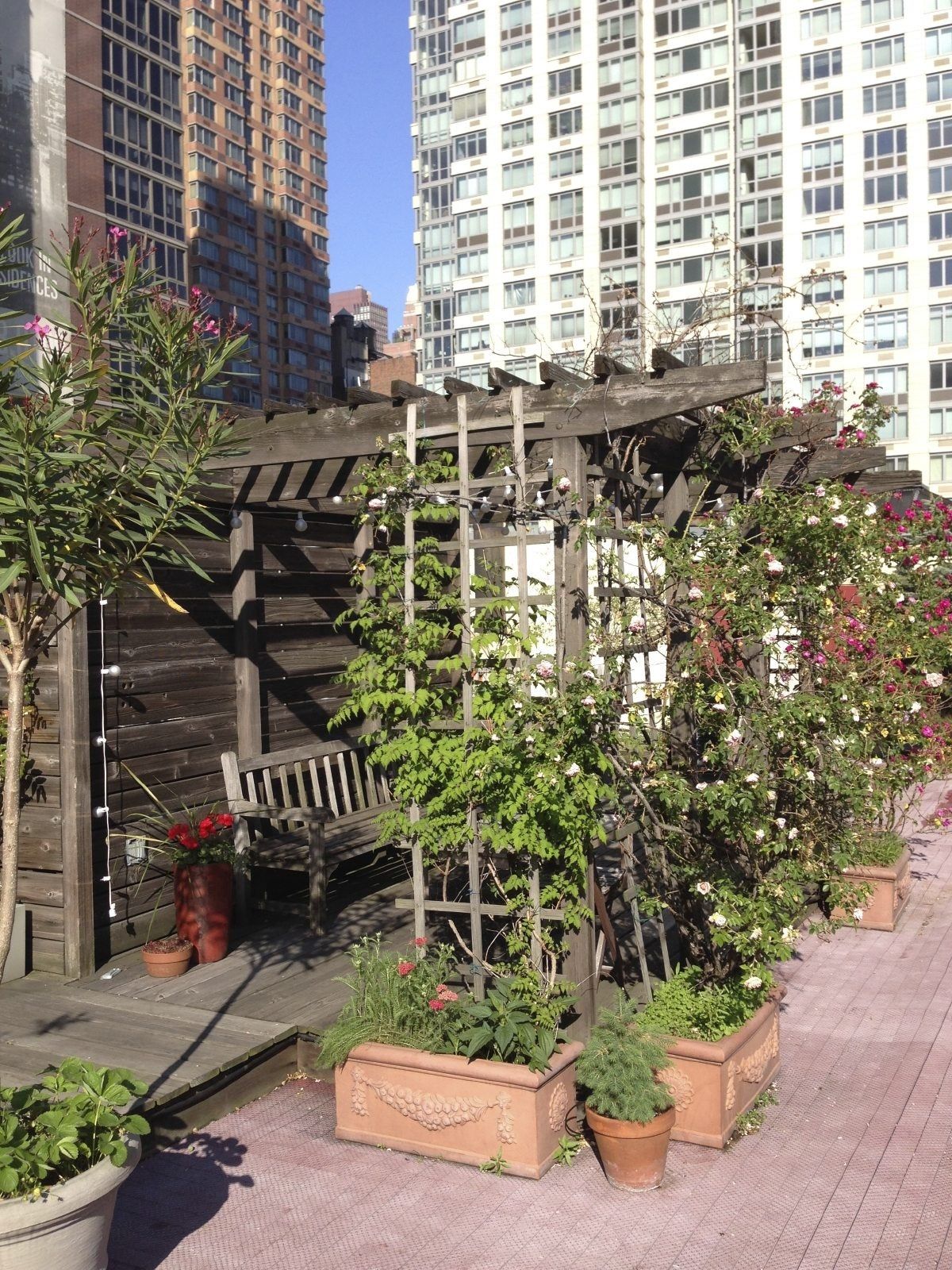What Does City Blooming Do?
What Does City Blooming Do?
Blog Article
Fascination About City Blooming
Table of ContentsCity Blooming for DummiesThe Best Guide To City BloomingThe Greatest Guide To City BloomingHow City Blooming can Save You Time, Stress, and Money.The Ultimate Guide To City Blooming
Interested in growing food to buy in the City of Chicago? Considering starting a neighborhood garden? Modifications to the Chicago Zoning Statute permit agricultural uses like community yards and city farms in several parts of the city. Below is a checklist of often asked concerns relating to the rules and regulations that growers should consider when intending an urban farming task.
The zoning amendment does not customize any type of other codes managing composting, structure authorizations, buying or renting City possessed residential or commercial property, service licenses or ecological contamination. There are existing codes that control these problems and they continue to be in full impact and might be applicable to your project. Area gardens are typically owned or taken care of by public entities, civic organizations or community-based companies and preserved by volunteers.
Urban ranches grow food that is planned to be offered, either on a nonprofit or for-profit basis. Due to their industrial objective, city farms call for an organization license.
How City Blooming can Save You Time, Stress, and Money.
The quantity of garden compost material can not exceed 25 cubic backyards at any provided time according to the criteria in 7-28-715 of the City's Municipal Code. Since the dirt at many brand-new yard sites requires amending, compost, dirt, timber chips, or other products can be acquired to build or improve the growing room.

If a building permit is needed then the hoophouse will be taken into consideration an accessory building. You can learn more regarding the structure license demands by speaking to the Department of Structures. The 25,000-square-foot dimension restriction is intended to avoid a solitary area garden from dominating a given block or interfering with the block's existing domestic or business character.
The limitation does not use to yards situated in Public Open Room (POS) areas. Can there be even more than one community yard that is 25,000 square feet on a solitary block? Fence is not required, nonetheless, gardens that have huge car park locations may be required to set up fencing or various other landscaping features.
City Blooming Fundamentals Explained
B1 & B2 districts call for that all business usage tasks be carried out inside. Is secure fencing required for city farms? Fences might be required, along with landscaping and screening, for certain parking locations and outside work or storage space areas depending on area and the specific activity taking area.
Urban farms need structure authorizations and zoning authorizations prior to construction (balcony and patio garden design). Various other forms of city testimonial might be required depending on specific frameworks, tasks, size, landscape design, licensing, public heath and stormwater administration problems.
Yes. The sort of license is established by what is taking place at the site. The Department of Business Affairs and Consumer Defense can help establish the specific kind of organization permit that's required. Yes. Off road parking is required for many commercial projects in special info Chicago. The called for variety of garage is based on the number of workers working on website and not the square video footage of the expanding area.
Little Known Facts About City Blooming.

An urban ranch can offer compost product created on site, however, the procedure has to abide with the laws in 7-28-715 of the Chicago Municipal Code. Aquaponic systems are enabled inside your home on urban ranches in many zoning districts.
Approximately five hives or nests of honey bees might be maintained as an accessory use. However, beekeepers must register with the Illinois Division of Agriculture. For more details regarding the proposed zoning amendment you might get in touch with the Division of Housing and Economic Advancement, Bureau of Preparation and Zoning at 312.744.8563.
Farming in cities and urban locations An urban ranch in Chicago. Urban farming describes different methods of growing. https://www.mixcloud.com/cityblooming/, handling, and distributing food in city locations. The term also puts on the location tasks of animal husbandry, tank farming, beekeeping, and horticulture in a metropolitan context. Urban farming is distinguished from peri-urban agriculture, which takes area in backwoods beside residential areas.
How City Blooming can Save You Time, Stress, and Money.
It can entail a motion of organic growers, "foodies" and "locavores", who look for to develop socials media founded on a shared principles of nature and area holism. These networks can develop by way of official institutional support, becoming incorporated into neighborhood town as a "shift town" motion for lasting city growth.
The more straight accessibility to fresh veggie, fruit, and meat products that might be know through city farming can improve food security and food safety and security while reducing food miles, resulting in reduced greenhouse gas discharges, therefore adding to climate adjustment reduction. Some of the very first proof of urban agriculture originates from Mesopotamia.
Report this page